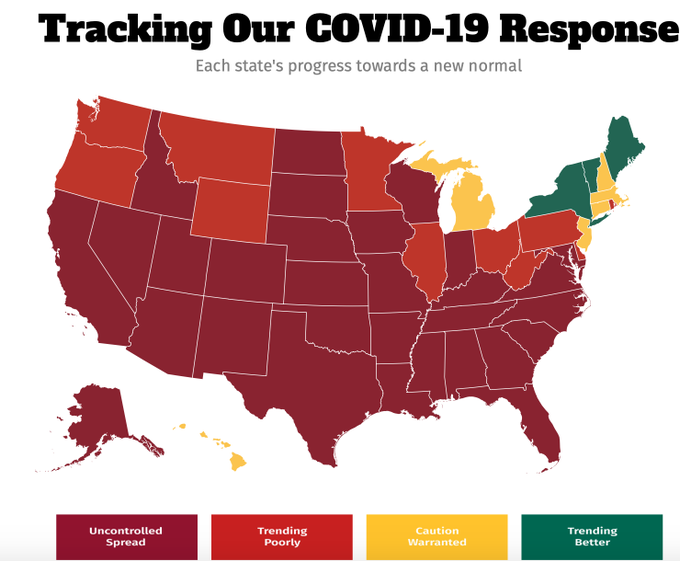Let's start with the callous part.
I'll give you an example from the before times.
For principles students, I describe recessions with this metaphor based on nature documentaries. Workers are like a herd of antelope grazing on the savanna. The pride of lions lurking in the tall grass is a potential recession. The antelope are aware that lions can charge at any time. But the antelope do nothing until the lions charge, and then they run. When one antelope gets caught, what do the rest of them do? Go back to grazing a few yards away! Workers behave the same way: they don't prepare much for the recession, and when it starts and takes one of them (through unemployment) they mostly go on about their work as if nothing happened. In fact, it's pretty well known that when most people become unemployed, they get dropped by most of their former coworkers and friends. That's callous.
It gets worse. I tend to be an optimist. Several years ago, I surveyed students with a hypothetical: if one out of every 20 workers was let go, and you felt no threat, and maybe even picked up some hours, would you be OK with that? I was floored: almost every student said yes they would. I did that hypothetical a few more times in disbelief. Eventually I gave up and concluded that people are a lot more callous than I'd thought. Honestly, this callousness is probably the most shocking thing I've ever learned from the classroom.
**********************************
A firm did a survey across six countries. Here's what they found:
I'll just speak to the U.S. results in orange. People in the U.S. believe 20% of the population has had COVID-19, and 9% of the population has died from it.
For most of us, 20% means someone in your household or your neighbors has had it. That's nuts.
For most of us, 9% means a couple of people on your block or in your building. That's worse than nuts. It also implies that people think it's 50/50 that someone who catches COVID-19 will die of it.
And the callousness is astounding: these numbers mean if someone said in public that "yeah, a couple people on my block have died, and Mrs. Jones next door has it right now, and it's about 50/50 for her" most people would not be surprised. Maybe I'm wrong (again), but I think people would flip out if others were dropping on their own block.
The reality is that about 1% of the population has had it. Here's how to interpret that: it could get up to 99 times worse than it has been so far.
And, the national rate of deaths is not 9%, but rather 0.04%. And plausibly we might get up to 99 times more deaths. That works out to about 1 person in every typically-sized college class.
Of course, I've already noted we'd be OK if that many people lost their jobs; perhaps losing a life isn't that different.





